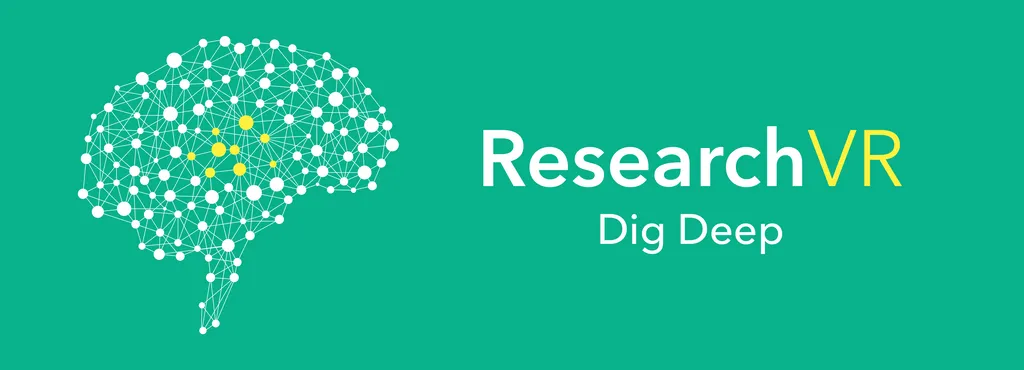This week on ResearchVR we discuss in depth a highly anticipated VR application — car configuration.
Also, you can meet us in person during this year’s CeBIT in Hannover, Germany, from March 20-24. We will be recording an endless number of episodes with exhibitors and guests visiting the brand new VR@CeBIT section in Hall 17. Find more details and tickets at here.
Now, coming back to the topic at hand. Let’s see who our guests are:
David Tchoulakian finished his IT Science education with the focus on game development. He started his VR adventure with the Rift’s first development kit. He developed a car configuration tool as his bachelor thesis project, with the particular focus on user experience design. Currently, he is a software engineer at Virtual Spice.
Sebastian Matthes did an interesting study program – media technology and communication. He joined the VR community in mid-2015 when he started his car configuration project. His focus in the project was to empirically measure the benefits for a customer. Currently, he is working at Lufthansa Industry Solutions, focusing on design and development of VR apps that advance digital transformation.
Episode Preview
There is a significant difference between how you design game or entertainment content and serious applications focusing on sales, such as configuring a car. In the first case, the goal, bluntly speaking, is to sell the app itself. In the second case, the app is only a conduit to further sales of the primary product.
The 21st century is a time for mass customization. We no longer have to be satisfied with a single version of a given product. We can have it suited to our needs and preferences, especially if it is as expensive as a new car. Therefore, high-cost product providers, such as the automotive industry, need to help a customer with making a good choice.
A car configurator, in general, is a sandbox for a client to make their choices. Now, the advantage of VR, in this case, is how much more freedom it provides. If you configure your car online, it is extremely rare that you will be able to have a test drive with the exact set of features you have chosen. In VR, you could get a good look at countless features up close.
One of the major things that David learned in the days of making a VR car configuration tool, is that there are three major principles any developer cannot avoid:
- locomotion – the user needs to move somehow in VR
- system interaction – changing systems settings, like SAVE/LOAD, lighting, resolution, etc.,
- selection & manipulation – how you interact with the virtual world.
Learn more in Episode 37 – VR Car Configurator with David Tchulakian, Virtual Spice, and Sebastian Matthes, Lufthansa.
window.podcastData={“title”:”ResearchVR”,”subtitle”:”Dig Deep into Virtual Reality”,”description”:”We are three Cognitive Scientists discussing Virtual Reality and Cognitive Research, Industry News, and Design Implications! We actively research different aspects of the field, and are involved in various companies related to the topic of VR. With this podcast, we hope to use our commentary to bridge the gap between news and established science. We break down complex topics, discuss the current trends and their economical impacts, and broadcast our views on VR. Tune in and enjoy!”,”cover”:”https://cdn.podigee.com/uploads/u493/research%20header%20copy%2041466094023f36f.png?v=0&source=unknown”,”feeds”:[{“type”:”audio”,”format”:”mp3″,”url”:”http://researchvr.podigee.io/feed/mp3″},{“type”:”audio”,”format”:”aac”,”url”:”http://researchvr.podigee.io/feed/aac”},{“type”:”audio”,”format”:”ogg”,”url”:”http://researchvr.podigee.io/feed/vorbis”},{“type”:”audio”,”format”:”opus”,”url”:”http://researchvr.podigee.io/feed/opus”}]}Subscribe to feed


























